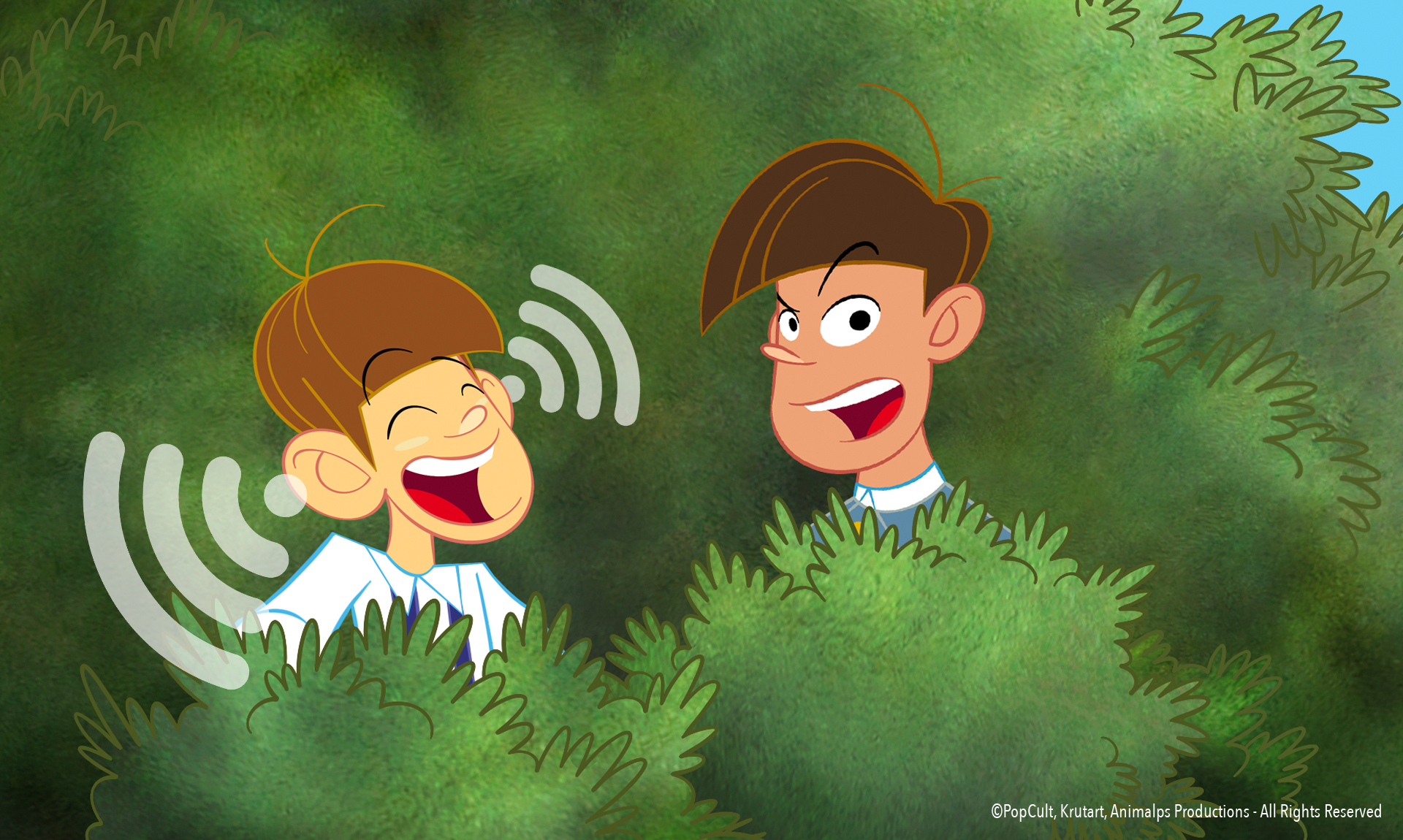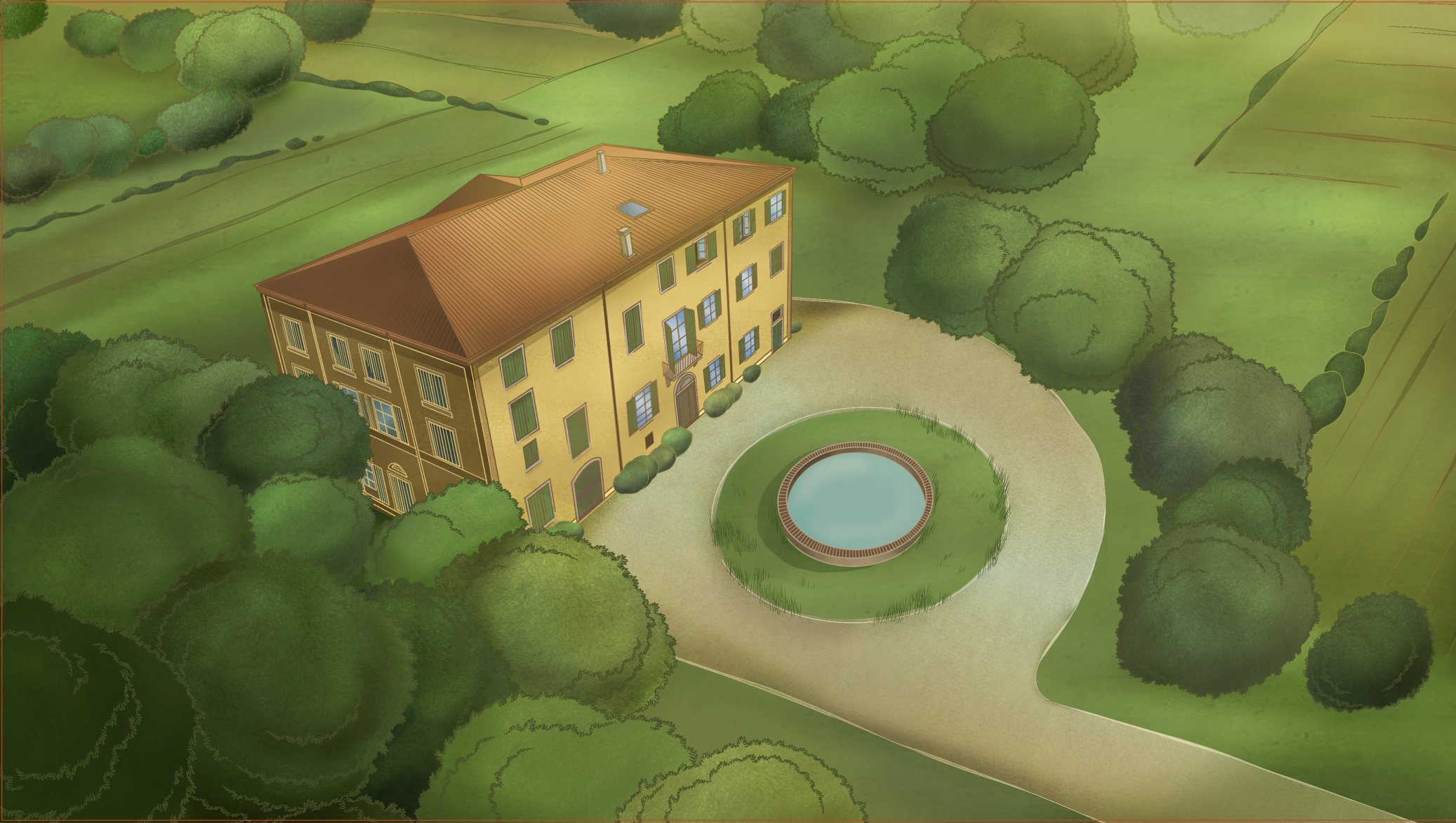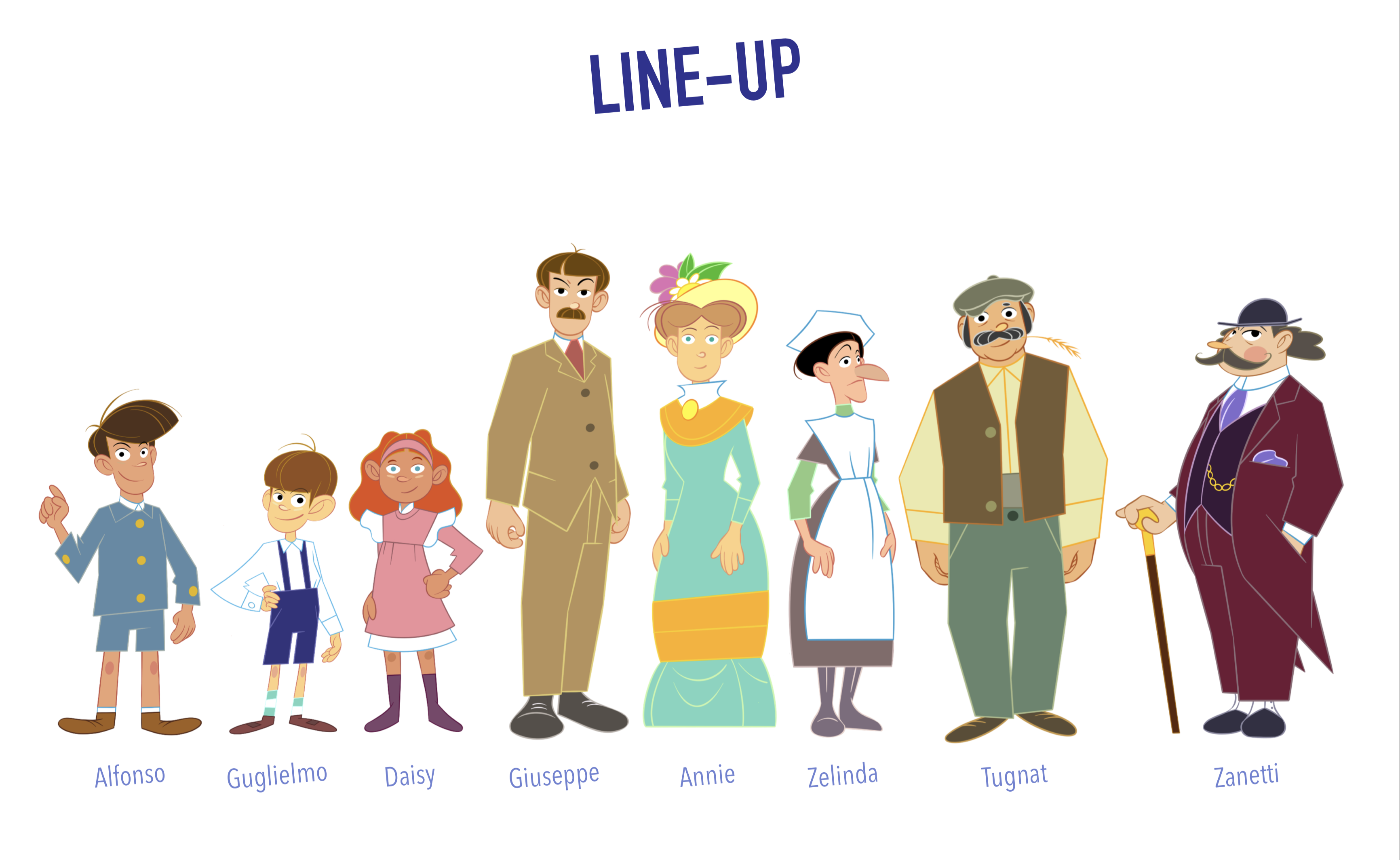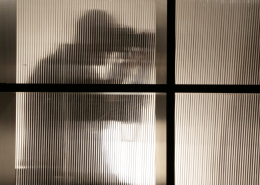School ended a few days ago and, for little Guglielmo Marconi and his older brother Alfonso, it is summer holiday time. The two brothers are excited and happy, not least because of the arrival of their cousin Daisy Prescott who, like every year, will spend the whole summer with her cousins at Villa Griffone, as a guest of her aunt and uncle Annie Jameson and Giuseppe Marconi, Guglielmo and Alfonso’s parents.
The three kids are very close; they have already spent several summers together discovering nature, creating a strong bond between them. However, their summer jaunts are always overshadowed by the unpleasant prospect of separation as, at the end of the summer, Daisy, following the missions of her father who is a military man, will have to return to the UK as usual, attending a different school each time and being separated from her two cousins for many months.
Guglielmo is therefore strongly motivated to develop a way to communicate with his cousin at a distance. A system different from the slow and inconvenient letters and telegraph. In his young head, the idea of a form of communication free of time-space limitations takes shape, which can also be activated wireless, at any time, without long waits or trips to the telegraph office.
All the scientific notions he learns at school and from his private teachers always add a new detail that corroborates his intuition, making him believe that his dream is more than ever achievable. The summer holidays therefore become the ideal time for the three youngsters to launch into research and experiments, in an atmosphere of play and adventure, exploring nature and recreating in the laboratory set up in the Villa by little Guglielmo, devices that step by step will hopefully lead him to the discovery of a truly effective way of communicating at a distance.
Guglielmo leads the experiments. His research covers all scientific fields, from chemistry to electricity and the refraction of sound waves, based on the elementary and intuitive physics that he learns both from confronting natural phenomena and studying his favourite subjects. Often the outcome of the primordial experiments will lead to comical situations involving the other protagonists of the series.
The days (and episodes) pass between one adventure and another, punctuated by meeting and interacting with some of Villa Griffone’s adult characters: mother Annie, teacher Zanetti, housekeeper Clara, farmer Tugnat and father Giuseppe.
There are also funny and imaginative little animals who will be accomplices and spectators in the adventures of the three boys: the butterfly Letty, the caterpillar Volt, the mouse Flash and the cat Augusto.
In the fountain in front of the mansion’s main gate also live some water creatures, shy and fearful of humans. Among them, the Watt frog plays the role of sentinel for all the inhabitants of the fountain who, at its signal, run and hide. Without the presence of humans, they reappear at the edge of the fountain and their appearances give rhythm to the narrative by creating small breaks between scenes.







